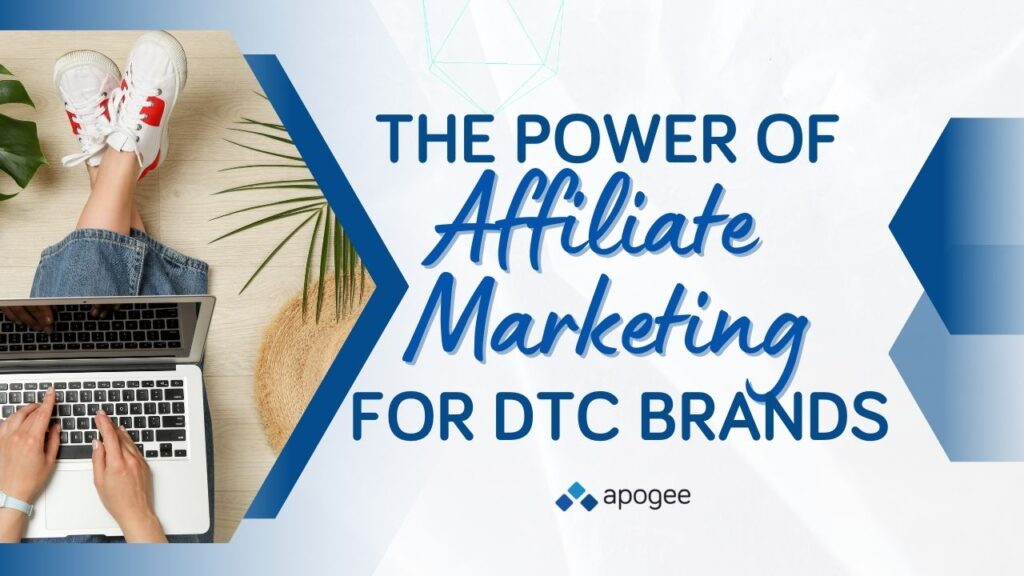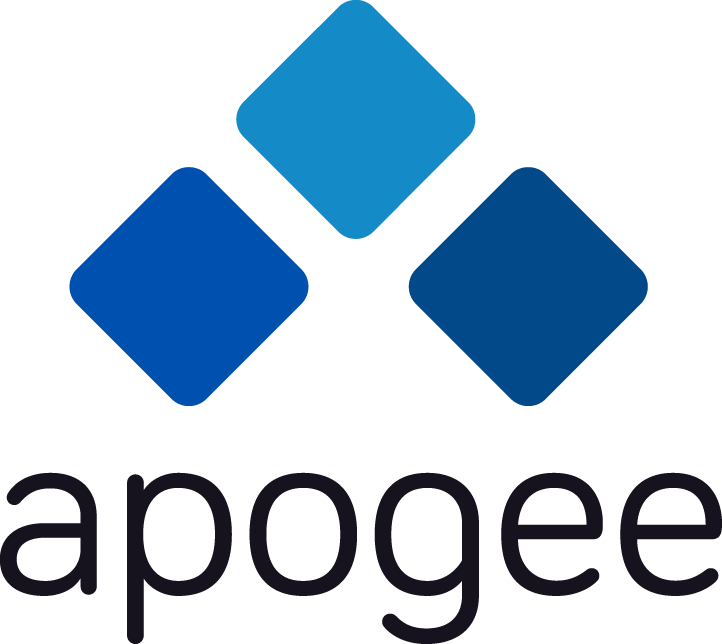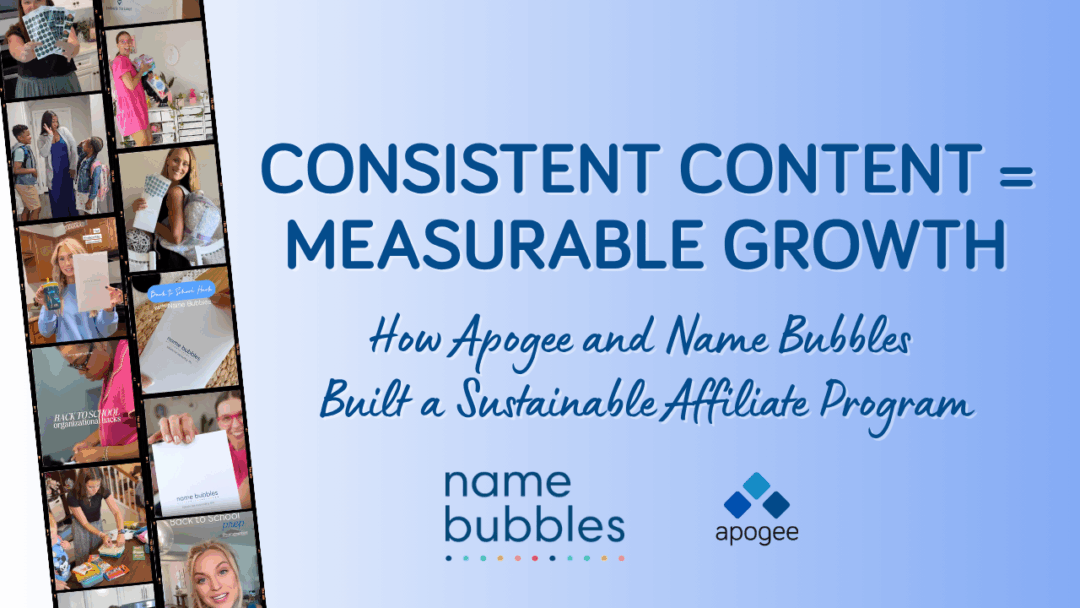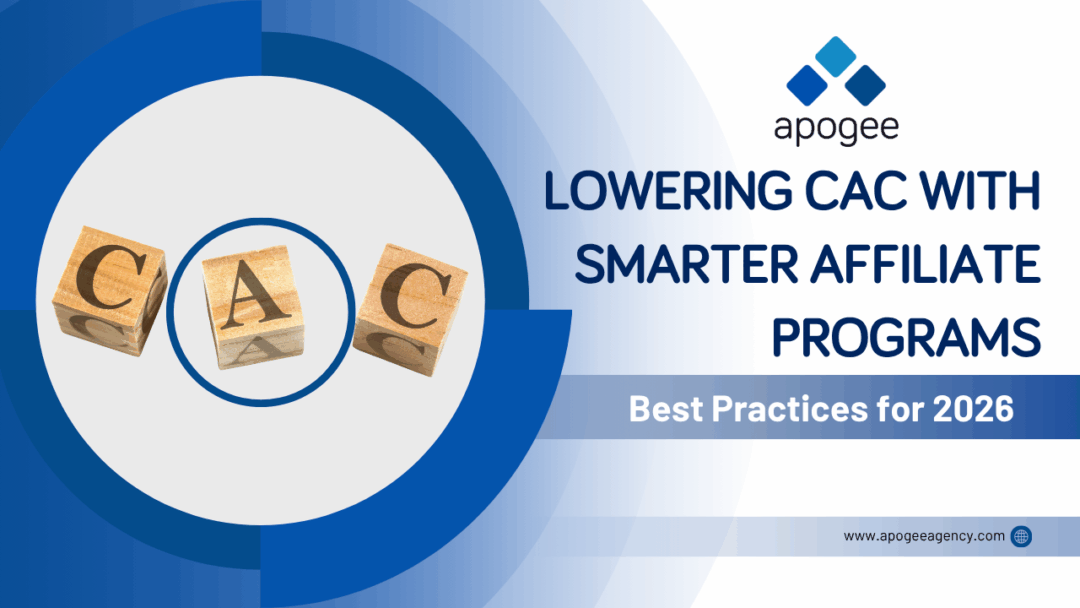
The First Five Things To Do When You Join A New Affiliate Program
March 26, 2025
How Bloggers and Influencers Can Simplify Affiliate Marketing with Mavely
April 8, 2025The Direct-to-Consumer (DTC) landscape is shifting. Consumer behavior is evolving, digital advertising costs are skyrocketing, and traditional marketing tactics are losing their edge. In 2025, brands can no longer rely solely on Google and Meta to drive growth. Instead, they must embrace a diversified strategy—one that leverages the credibility of content creators, the reach of digital influencers, and the performance-driven nature of partnerships.

This is where affiliate marketing has evolved into a powerhouse for DTC brands. It’s no longer just about coupon sites, listicles, and cashback deals. The modern affiliate ecosystem integrates seamlessly with influencer marketing, public relations, and strategic brand collaborations, allowing brands to build sustainable revenue streams while creating meaningful customer relationships.
The Evolution of Affiliate Marketing for DTC Brands
Affiliate marketing is not new, but its role in DTC brand strategy has expanded significantly. Traditionally, it was viewed as a secondary revenue driver, often relegated to the bottom of the funnel. Today, it's a key pillar of growth.
The biggest shift? The type of affiliates dominating the space. Gone are the days when brands relied heavily on discount-focused affiliates. In 2025, the landscape is driven by content creators, niche bloggers, YouTubers, TikTok educators, and micro-influencers—all leveraging trust and authority to drive high-intent traffic.
Unlike paid ads, which often feel intrusive, affiliate-driven content is perceived as authentic and organic. Consumers trust recommendations from their favorite creators far more than traditional banner ads or self-promotional brand messaging. This level of credibility makes affiliate marketing an invaluable tool for DTC brands looking to compete in an increasingly crowded market.
Why Affiliate Marketing is a Must for DTC Brands in 2025
1. Performance-Based, Low-Risk Growth
Traditional public relations efforts and influencer collaborations often come with hefty upfront fees, regardless of the outcome. Affiliate marketing has evolved from a simple performance-based model to a more holistic channel with many KPIs. This means marketing spend is tied to brand awareness and overall growth, making it an efficient and scalable approach.
By investing in affiliates who are genuinely aligned with the brand’s mission and audience, DTC companies can generate consistent sales without the unpredictability of rising ad costs.
2. The Synergy Between Affiliates and Influencers
Many brands still separate influencer marketing from affiliate marketing, but in 2025, the most successful DTC brands will integrate both into a cohesive strategy. The most impactful partnerships are no longer based on one-time paid posts but on long-term, commission-based collaborations where influencers are incentivized to drive actual sales.
This shift benefits both parties:
- Brands reduce their upfront influencer costs while ensuring a higher return on investment.
- Influencers earn passive income beyond a single sponsored post, making them more invested in the brand’s long-term success.
The result? A sustainable growth loop in which influencers and affiliates actively promote products not just for a paycheck but because they genuinely believe in them.
3. Affiliate Marketing Takes Time, But It’s Worth It
Many brands expect immediate results from their affiliate programs. However, affiliate marketing takes time to gain momentum. It’s a long-term investment that requires consistent recruitment, nurturing, and optimization.
Affiliate marketing is not a field of dreams—just because a brand builds a program doesn’t mean affiliates will magically appear and start driving sales . It requires:
- Relationship-building: Affiliates need education, support, and incentives to stay engaged.
- Testing and optimization: Not every partnership will perform. Brands must continually analyze data and refine their strategies.
- Ongoing communication: Regular touchpoints with affiliates keep them motivated and aligned with campaign goals.
Brands that understand this will reap the rewards—those that expect instant success will be disappointed.
How to Compete with Competition of Brands and Affiliates
The affiliate space is getting increasingly competitive, both for brands and for the affiliates themselves. Influencers and content creators have more partnership opportunities than ever, and brands must offer compelling reasons for them to choose their program over a competitor’s.
Here’s how DTC brands can stand out and thrive in a saturated affiliate space:
1. Offer Competitive Commission Structures
Affiliates will naturally gravitate toward brands that offer the best earning potential. Top-performing affiliates will prioritize other opportunities if a brand’s commission structure is too low or restrictive.
Winning strategies include:
- Higher commissions for top-tier affiliates
- Bonuses and performance-based incentives
- Lifetime commissions for recurring purchases
2. Provide High-Quality Marketing Assets
Affiliates are more likely to promote brands that make their jobs easier. Offering a library of professional, high-converting assets—such as product photos, videos, banners, and email templates—ensures that affiliates can market effectively with minimal effort.
3. Focus on Brand Reputation and Product Quality
No matter how generous a commission is, affiliates won’t promote a product that receives poor reviews or lacks credibility. Building a strong brand reputation through excellent customer service, seamless shipping experiences, and ethical business practices is critical for long-term success.
4. Leverage First-Party Data and Personalization
With increasing privacy regulations and restrictions on third-party cookies, DTC brands must rely on first-party data to optimize their affiliate programs. Providing affiliates with detailed insights on customer behavior and segmenting audiences for personalized promotions can significantly boost performance.
5. Cultivate an Engaged Affiliate Community
The best affiliate programs don’t treat their partners as one-time sales drivers but as extensions of their brand. Building an engaged affiliate community through exclusive webinars, behind-the-scenes content, and direct communication fosters loyalty and long-term commitment.
The Future of Affiliate Marketing for DTC Brands
Affiliate marketing in 2025 is no longer a side strategy—it’s a central driver of sustainable growth. As the cost of paid ads continues to rise and consumer trust in traditional advertising declines, the brands that invest in authentic partnerships, data-driven strategies, and long-term affiliate relationships will emerge as the winners.
DTC brands that want to scale must move beyond the mindset of “set it and forget it” regarding affiliate programs. Success in this space requires continuous optimization, creative collaboration, and a deep understanding of both affiliate and consumer behavior.
Affiliate marketing is not a quick fix. Affiliate marketing takes time to build, optimize, and scale. But for brands that commit to the process, the rewards are unmatched—sustained revenue, lower acquisition costs, and a powerful network of brand advocates driving long-term success.




